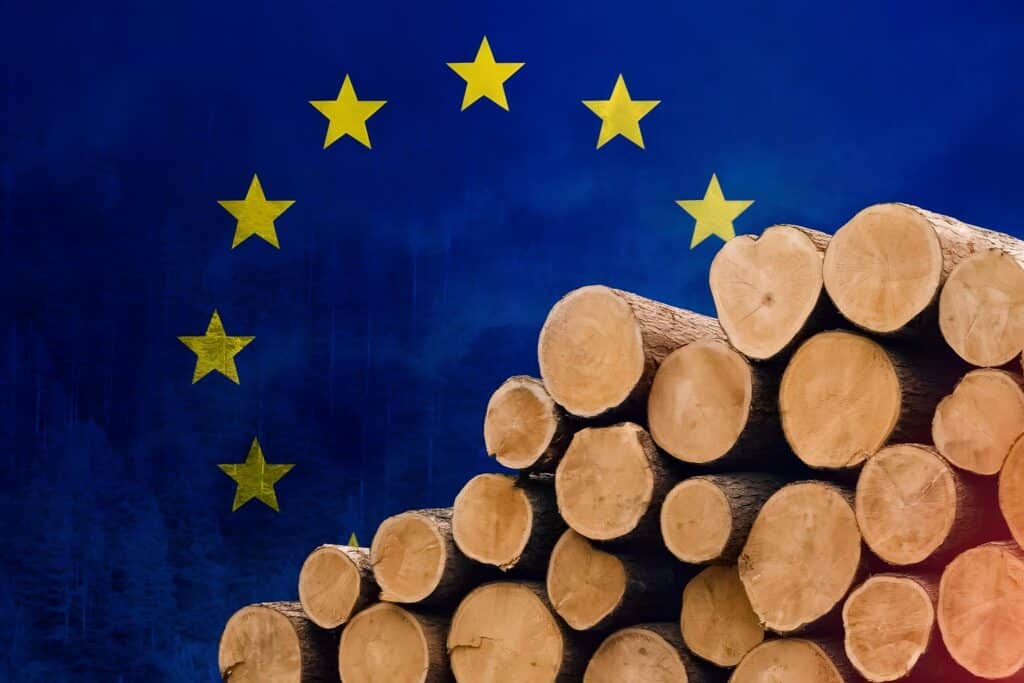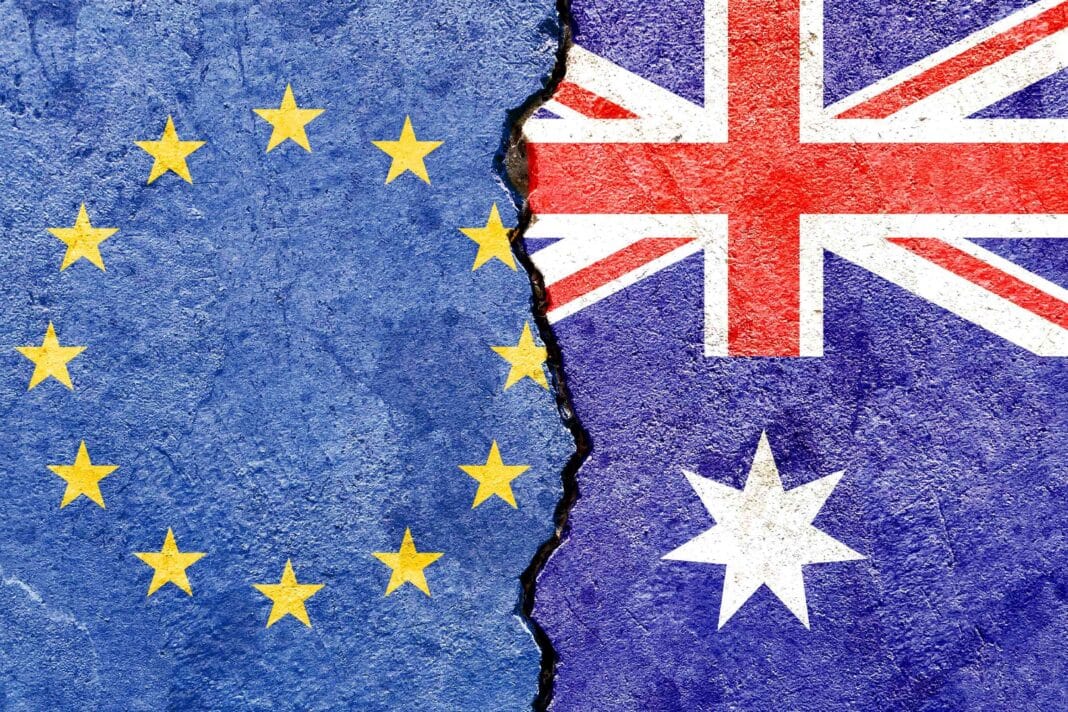The Australian government is trying to convince the European Union that tree clearing is not “deforestation,” with the definition potentially risking millions of cubic metres of timber—sold directly into the EU or via a third country—as well as a small but highly lucrative beef market.
It comes after the Australian yesterday reported that tree-clearing rates in Queensland, dubbed by environmental groups as the nation’s deforestation hotspot, have fallen 64% since the former Palaszczuk government introduced vegetation management laws in 2018.
“Since the 2018-19 SLATS report, there has been a reduction in regulated vegetation clearing of about 64% over the past four years,” according to Queensland’s latest Statewide Landcover and Trees Study (or SLATS report) published this week. “Overall, total vegetation clearing reduced from 348,400 hectares in 2020-21 to 323,700 hectares in 2021-22.”
Most of the clearing (252,500 hectares) in previously lawfully cleared areas is exempt from the management framework. “There has been a slight increase in clearing of regulated vegetation, up from 61,400 hectares in 2020-21 to 71,100 hectares in 2021-22,” the report said.
In total, 140 million hectares of regulated land across Queensland (more than 80% of the state’s land mass) are used for pastoral farming and increasingly for agroforestry, which is now a key piece in developing Northern Australia – with global exports of beef and wood, a growing market for pastoral landowners.
Is Aussie Beef and Timber at risk under the EUDR definitions?
In May, Wood Central spoke to an EUDR expert – currently working on Australia’s response to the regulation – who said, “The legislation defines “deforestation,” “deforestation-free,” “non-compliant product,” and “forest,” which is “crucial in assessing Australia’s exposure to EUDR.”
“The EUDR is unique because it is a B2B regulation set up by the EU but enforced by individual EU members,” they said, adding that it’s conceivable that beef and timber exporters may need to run two separate supply chains, “one that is EUDR-ready, and the other which is not.”
The problem with the EUDR is that the framework captures large-scale land clearing and forest destruction – specifically palm oil and coffee, “but that broad brush is not necessarily fit-for-purpose when talking about Australian forests,” the expert said.

It comes as Greenpeace Australia is leading the charge in pushing for the Australian government to change its definition to capture “beef-related deforestation.” However, as per Article 2 of the EUDR, Wood Central understands that Greenpeace’s definition of deforestation will not apply (at this stage) to the EUDR.
“In Australia, the vast majority of trade tied up in EUDR is industry exports, where Australia trades sawlog, woodchip, cattle and some finished sawn wood directly into EU markets or via a third party, such as China,” the expert said.
The EU has vowed to push on with EUDR despite opposition.
Earlier this month, Wood Central reported that the EU remains fully committed to rolling out the EUDR “without delay,” despite the opposition led by China and the United States – the two largest forest economies.
“We are hearing feedback from some stakeholders that preparation for implementation may be challenging,” according to Virginijus Sinkevicius, the European Environmental Commissioner. “However, we also see encouraging signs in many sectors and countries working to align with EUDR requirements.”

However, despite the pushback, several European policymakers, including Denmark’s Environmental Minister, Magnus Heunicke, are pushing for the landmark regulation to proceed and finish the technical systems.
“We are convinced that this regulation will be a genuine game changer in the global fight against deforestation,” according to the letter addressed by Mr Heunicke to the European Commission. Denmark is among the European Union’s smallest pulp, paper, and lumber product importers. It is, therefore, far less exposed to the legislation than France, the Netherlands, Germany, Italy, and Belgium.
How the EUDR will work
- The regulation will assign regions within countries inside and outside the EU a low, standard, or high-risk level associated with deforestation and forest degradation.
- This risk classification will guide the obligations of various operators and the authorities in member states to perform inspections and controls. Consequently, this will streamline monitoring for high-risk regions and simplify due diligence processes for low-risk areas.
- Authorities responsible for these areas must inspect 9% of operators and traders dealing with products from high-risk regions, 3% from standard-risk areas, and 1% from low-risk regions. This inspection aims to confirm whether they are effectively meeting the obligations stipulated by the regulation.
- Further, these competent authorities will inspect 9% of relevant goods and products either placed on their market, made available, or exported by high-risk regions.
- Lastly, the EU plans to enhance its cooperation with partner countries, focusing primarily on high-risk areas.
For more information, visit Wood Central’s special feature on EUDR and its implications for the global supply chain of forest products from July 2023.






